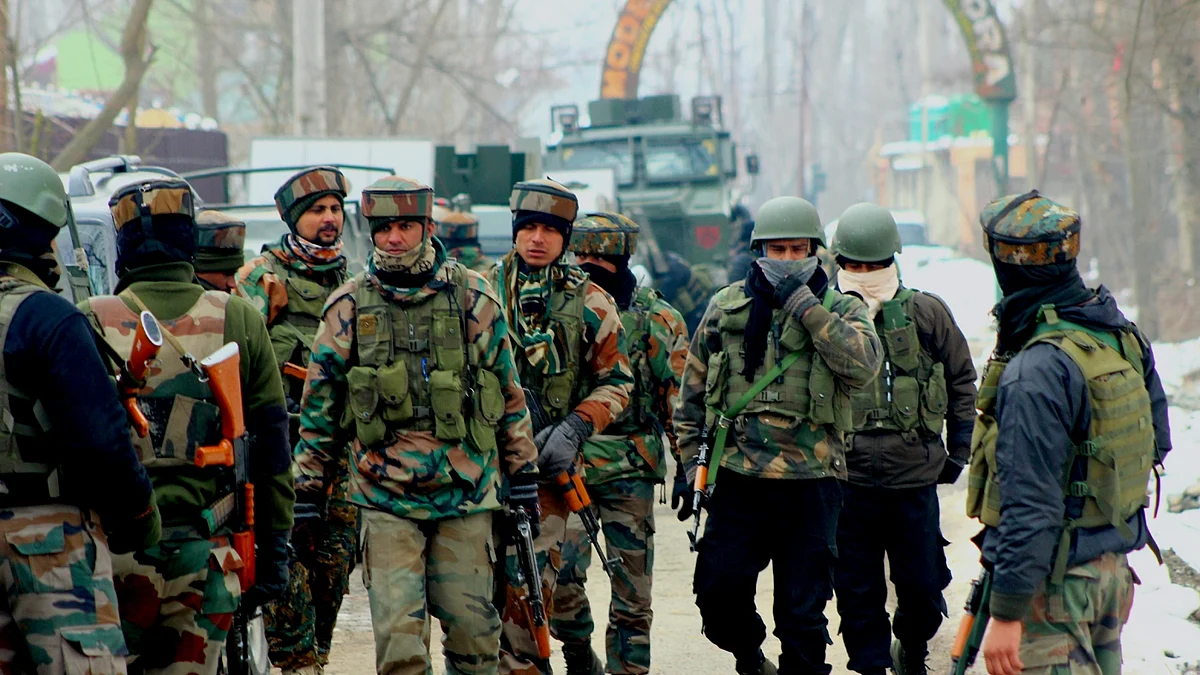Ceasefire violations may lead to Indo-Pak war, says former Army officer
Referring to the Ceasefire Line, which was converted into the Line of Control following the Shimla Agreement in 1972, Panag says that barring short spells, “the line has always been on fire”

The conflict waging along the unsettled border between the Indian state of Jammu and Kashmir and Pakistan can lead to higher rungs of escalation between the two nuclear weapon-armed states, says Harcharanjit Singh Panag, who retired as a lieutenant general of the Indian Army in 2008.
Referring to the Ceasefire Line (CFL), based on the Karachi Agreement of 1949, which was converted into the Line of Control (LOC) following the Shimla Agreement in 1972, Panag says that barring short spells, "the line has always been on fire".
"Both sides claim that they are responding to unprovoked firing. But the Indian generals are saying on record that the LoC warfare is being utilised to compel Pakistan to stop the proxy war in J&K. And the Pakistan Army spokesperson too says on record that in response to the Indian Army action across the LoC, they are deliberately targeting villages along the Working Boundary (WB) based on demographic factors," he says.
Panag has made these observations in the foreword to Happymon Jacob's just-released book, "Line on Fire: Ceasefire Violations and India-Pakistan Escalation Dynamics".
"Let alone the bloody past, the present situation itself highlights... that ceasefire violations are intrinsically linked to the escalation ladder and may lead to a war between India and Pakistan," asserts Panag, who was appointed as an Administrative Member of the Armed Forces Tribunal, Chandigarh Bench, after retirement.
Panag spent 10 years on the Line of Control, from the rank of Second Lieutenant to an army commander when the entire 1,125 km, less the Working Boundary, was under his command.
He draws from his personal experience to contend that the Army viewed the issue as "a military management problem to be handled based on the political and operational environment".
"Our actions were focussed on quid pro quo response to incidents triggered by a host of complex factors and unilateral retribution for perpetrating the proxy war, the direct and indirect support for which comes through the LoC," he adds.
Jacob, who teaches disarmament studies at the School of International Studies at Jawaharlal Nehru University here, explains the causes of ceasefire violations in the book, and the crisis escalation between India and Pakistan, as well as the dangers of ceasefire violations-linked escalation under nuclear conditions.
Panag mentions that he has a major disagreement with the author with respect to his conclusion that the proxy war is not a major reason for ceasefire violations.
"In my experience, the opposite is true," he says, recalling that before the proxy war began, ceasefire violations were more manageable and the guidelines of the Karachi Agreement were generally adhered to.
"Post 1989, the perception on the Indian side is that the Pakistan Army manning the LoC connives and facilitates the movement of terrorists and material support for the proxy war. Hence, it must be deterred through unprecedented retribution and compellence," he asserts.
Panag says that ceasefire violations have become a part of the "operational strategy" and points out that they have the potential to spiral into a major escalation, and even lead to a J&K-centric limited war.
The 400-page book, published by Oxford University Press, has been endorsed by two of India's former National Security Advisors (NSA), M.K. Narayanan and Shivshankar Menon, along with Lt. Gen. (retd) Tariq Waseem Ghazi, former Defence Secretary of Pakistan.
Follow us on: Facebook, Twitter, Google News, Instagram
Join our official telegram channel (@nationalherald) and stay updated with the latest headlines
